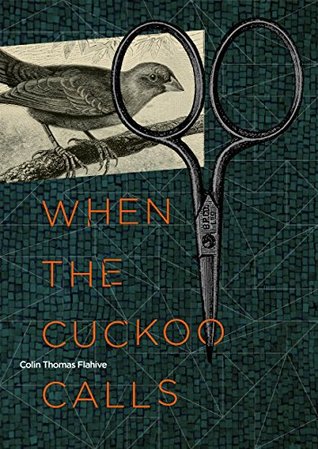* * *
Close to 90 percent of energy used in laundry machines goes to heating water. Therefore, washing clothes in cold water not only preserves the life of clothes, but can save up to $75 per year on household electric bills and close to 90 pounds per month of carbon dioxide emissions. If all Americans did this, it would be the same as removing 10 million cars from the road. In addition to their electricity consumption, washing machines also account for approximately 21.7 percent of household water use.
Phosphates are a major cause of water pollution that some claim is responsible for over 40 percent of human and animal disease. Though phosphates were banned from laundry detergents in the USA, it is still possible to buy boxes of Tide in certain states with as much as 10 percent phosphorus. In the developing world, phosphates make up as much as 35 percent of laundry detergents; and runoff from these pollutants are responsible for the algae blooms that are suffocating our oceans, lakes and rivers.
China’s home appliance giant, Haier, has just released the WasH2O washing machine for about $957. It is the first washing machine of its kind that not only cuts water use by over 50 percent and electricity use by up to 60 percent; but it also eliminates the need for laundry detergent by breaking apart water molecules, thus activating the OH- ions to attract and retain stains and oils.
According to the US Department of Energy, the average American does 148 loads of laundry per year. One 100 ounce bottle of Tide liquid detergent can wash 32 loads and costs $15.10. Therefore it would take almost 5 bottles of Tide per year per person to wash 1 year’s worth of clothes. So every American would save enough money from not using laundry detergent to buy a brand new WasH2O washing machine every 13 years or so. However, being that the American household averages 2.64 people and 1 laundry machine, the average household would save enough in laundry detergent expenses to pay off the WasH2O every 5 years.
* * *
Nearly all dishwashing detergents have phosphates, though some states are trying to reduce the legal amount of phosphates to 0.5 percent.
In one day, I use an average of 3 plates, 1 bowl, 4 pieces of silverware, 4 glasses, 1 pan, 1 pot, and 2 cooking utensils. For each piece it takes me an average of 4 seconds to rinse and put into the dishwashing machine. So on average, I spend about 1 minute and 4 seconds per day preparing eating utensils for the dishwashing machine. I run an average of 1 load of dishes every week. Putting soap in and running the machine takes me about 7 seconds, thus adding 1 second to my average day of dish duty.
If I rinse every dish and eating utensil, wash with soap by hand, rinse again, and put on the drying rack, my time spent per dish and eating utensil rises from 4 seconds to 8 seconds. So now it takes me 2 minutes and 8 seconds every day to wash my dishes, costing me 1 minute and 3 seconds more per day than using a dishwashing machine. That is just over 6 hours per year.
If the average American washed their dishes by hand, they would save close to $40 per year. Being that it takes about 6 hours per year extra to wash dishes by hand, then it is the same as getting paid $6.66 per hour for your labor. In addition, the average electric dishwasher costs about $400. If the average machine lasts ten years, then washing your dishes without a dishwasher saves you an extra $40 per year that would have been spent on a dishwasher. You just got a 100 percent raise.
Sources:
How to Green Your Dirty Laundry. Greener Penny. August 24, 2008.
http://greenerpenny.blogspot.com/2008/08/how-to-green-your-dirty-laundry.html.
Haier WasH2O Innovative Washing Machine. Product Reviews. September, 2008.
http://www.product-reviews.net/2007/08/01/haier-wash20-innovative-washing-machine-no-detergent-or-soap-needed/.
Knud-Hansen. Historical Perspective of the Phosphate Detergent Conflict. Conflict Research Consortium, University of Colorado. February, 1994.
http://www.colorado.edu/conflict/full_text_search/AllCRCDocs/94-54.htm.
Phosphorus Pollution. State Environmental Resource Center. October, 2008.
http://www.serconline.org/phosphorus/background.html.
Detergents Under Scrutiny. India Together. October 4, 2008.
http://www.indiatogether.org/environment/articles/tlink-1002.htm.
Project Laundry List. September, 2008.
http://www.laundrylist.org/index.php/faq/35-general-laundry-questions/101-kwh-year-dryer-average.
Carbon Conscious Consumer. September, 2008.
http://c3.newdream.org/.
Hodum, Ryan. Kunming Heats Up as China’s “Solar City.” World Watch. June 5, 2007.
http://www.worldwatch.org/node/5105.


